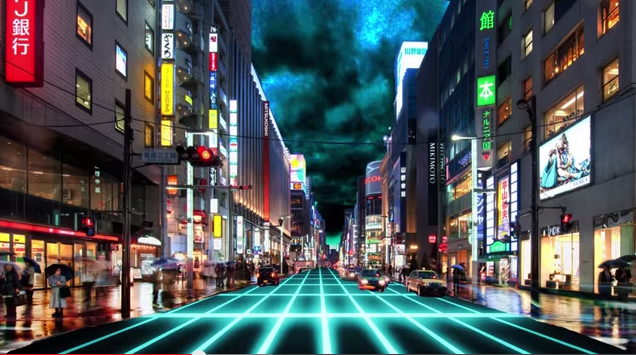New reports indicate the contamination from the Fukushima Daiichi nuclear power plant is much worse than the government first let on. Japan’s Nuclear and Industrial Safety Agency has more than doubled its estimate for the amount of radiation that leaked and there are estimates that an area of 600 square kilometers is now uninhabitable. Three of the reactors at Fukushima have suffered a full core meltdown. A spent fuel pool at reactor number 4 has reduced water levels and is exposed to the open air. A law student has filed suit against the Japanese government for its handling of the crisis and failure to properly inform and evacuate its citizens from the crisis.
Ocean contamination has been equally disastrous and the National Fisheries Association came out shortly after the accident began demanding the closure of all nuclear power plants in Japan.
Radioactive cesium is of most concern because it has a half-life of 30 years, it gives off potentially dangerous external penetrating radiation, and it is absorbed into the food chain and other biota as if it were potassium. So as it goes up the food chain, it accumulates, and by the time it reaches people who consume this food, the levels are higher than they originally were when they entered the environment. There is a stretch of ocean floor offshore from the reactor site that’s about 300 kilometers wide—I don’t recall, several kilometers—300 kilometers long, rather, and several kilometers wide of cesium-137. That’s a very, very serious concern because of the fact that this is really a fundamental element of the aquatic food chain for the food supply for the country of Japan.
Almost three months after the earthquake and tsunami that triggered a nuclear disaster in Japan, new radiation “hot spots” may require the evacuation of more areas further from the damaged Fukushima Daiichi nuclear power facility. Japan’s Nuclear and Industrial Safety Agency recently admitted for the first time that full nuclear meltdowns occurred at three of the plant’s reactors, and more than doubled its estimate for the amount of radiation that leaked from the plant in the first week of the disaster in March. “What they failed to mention is that they discharged and equally large amount into the ocean,” says our guest Robert Alvarez, former senior policy adviser to the U.S. Secretary of Energy. “As [the radiation] goes up the food chain, it accumulates. By the time it reaches people who consume the food, the levels are higher than originally when they entered the environment.” We also go to Tokyo to speak with Aileen Mioko Smith, Executive Director of the group Green Action. She says citizens leading their own monitoring efforts and are calling for additional evacuations, especially for young children and pregnant women.
Currently, the US has



Thank you, Jason, for joining in the conversation. You have nailed the problem- we are rendering vast areas of the planet uninhabitable.
Long-time reader, first-time commenter. 🙂
I’ve been following this since the earthquake in February, to the point where I’ve been asked by friends and professors to please pick up some other interests. I can’t think of anything more important than a natural event causing a man-made nuclear disaster worse than Chernobyl, and covered by most media outlets as ‘move along, nothing more to see here.’ A tiny blurb in a newspaper photo caption I saw mentioned there was an “exclusion zone” yet the accompanying article made no mention of anything, by that point I was well beyond suspecting the full story isn’t being told.
With all the land being made uninhabitable by desertification, dumping of waste, nuclear “accidents,” rising sea levels, demand for cemeteries, and all sorts of untold horrors (not to mention those in power either denying that all of these are occurring or turn a blind eye), I wonder where we’ll live in the future much less grow food.